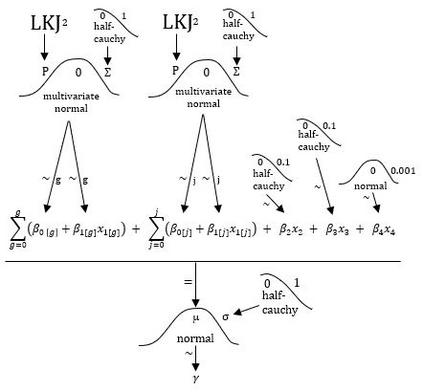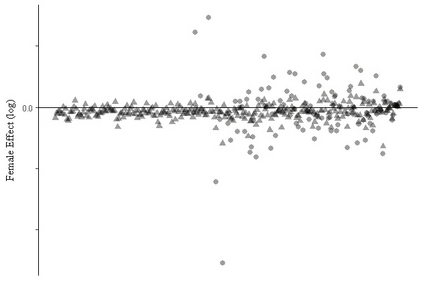Diversity and inclusion, or D and I, is a topic that sparks the interest of companies, research groups, and individuals alike. Recently in the United States, renewed focus has been placed on fair and equitable pay practices, which are a key component of promoting diversity in the workplace. Despite the increased demand for reliable pay equity analysis, the challenges of conducting this type of analysis on industry data have not been adequately addressed. This paper explains a few limitations of current approaches to pay equity analysis by gender and improves on them with a Bayesian hierarchical regression model. Using global workforce data from a large U.S. semiconductor company, Micron Technology, Inc., the paper demonstrates how the model provides a holistic view of gender pay equity across the organization, while overcoming issues more common in industry data, such as small sample size and poor gender representation. When compared to a prior analysis of Micron's U.S. workforce, this approach decreased the amount of manual review required, enabling decision makers to finalize pay adjustments across a workforce of 31,738 people within four weeks of receiving preliminary model results.
翻译:尽管对可靠薪资公平分析的需求增加,但对工业数据进行这种分析的挑战没有得到充分解决。本文件解释了目前按性别进行公平分析并采用巴耶斯级回归模式改进这些分析的方法的一些局限性。本文利用美国大型半导体公司Micron Technology公司的全球劳动力数据,展示了该模式如何在全组织内提供两性薪资公平的整体观点,同时克服了行业数据中较为常见的问题,如抽样规模小和性别代表性差。与以前对Micron的美国劳动力的分析相比,这种方法减少了所需的人工审查数量,使决策者能够在获得初步模型结果的4周内完成31 738人劳动力的薪资调整。








